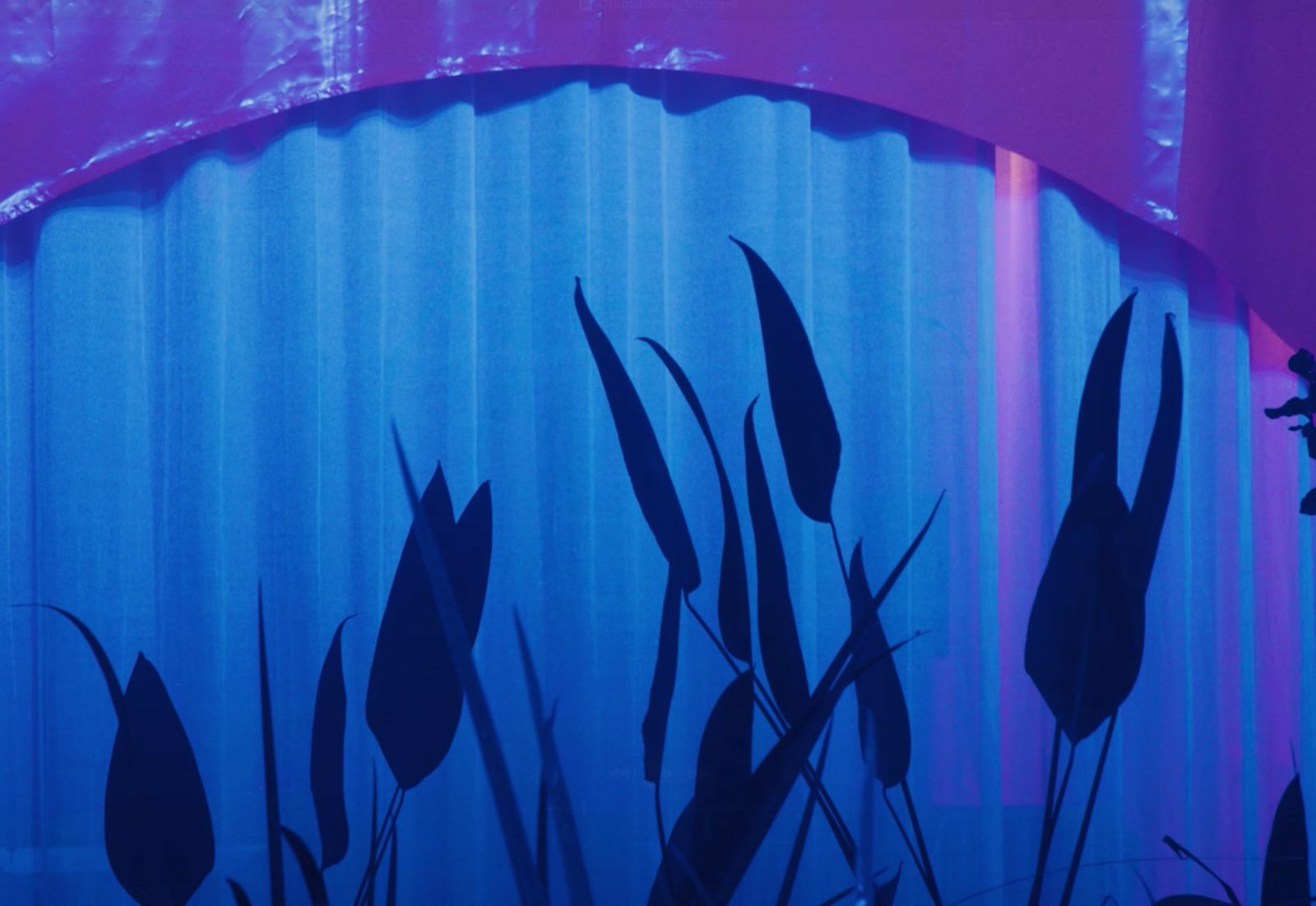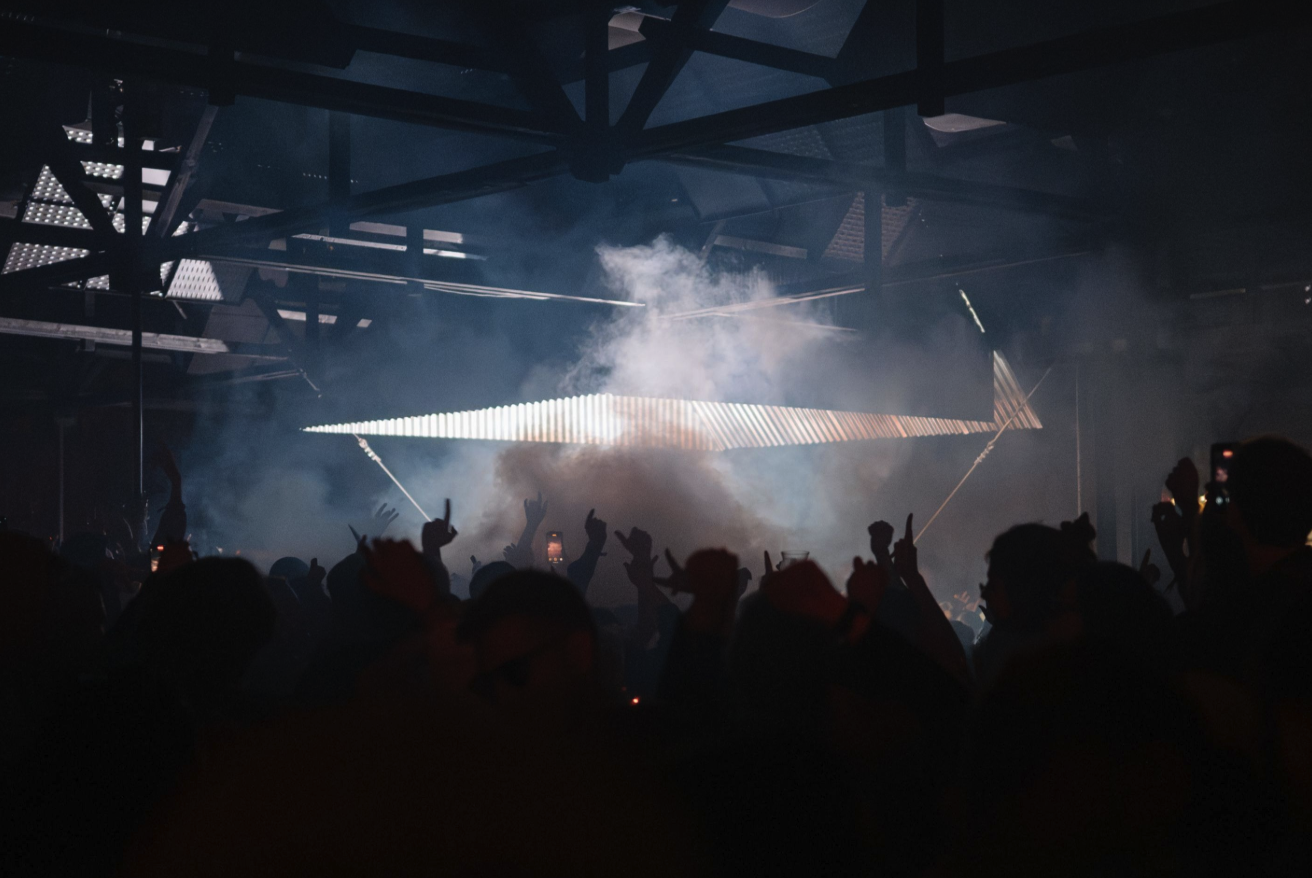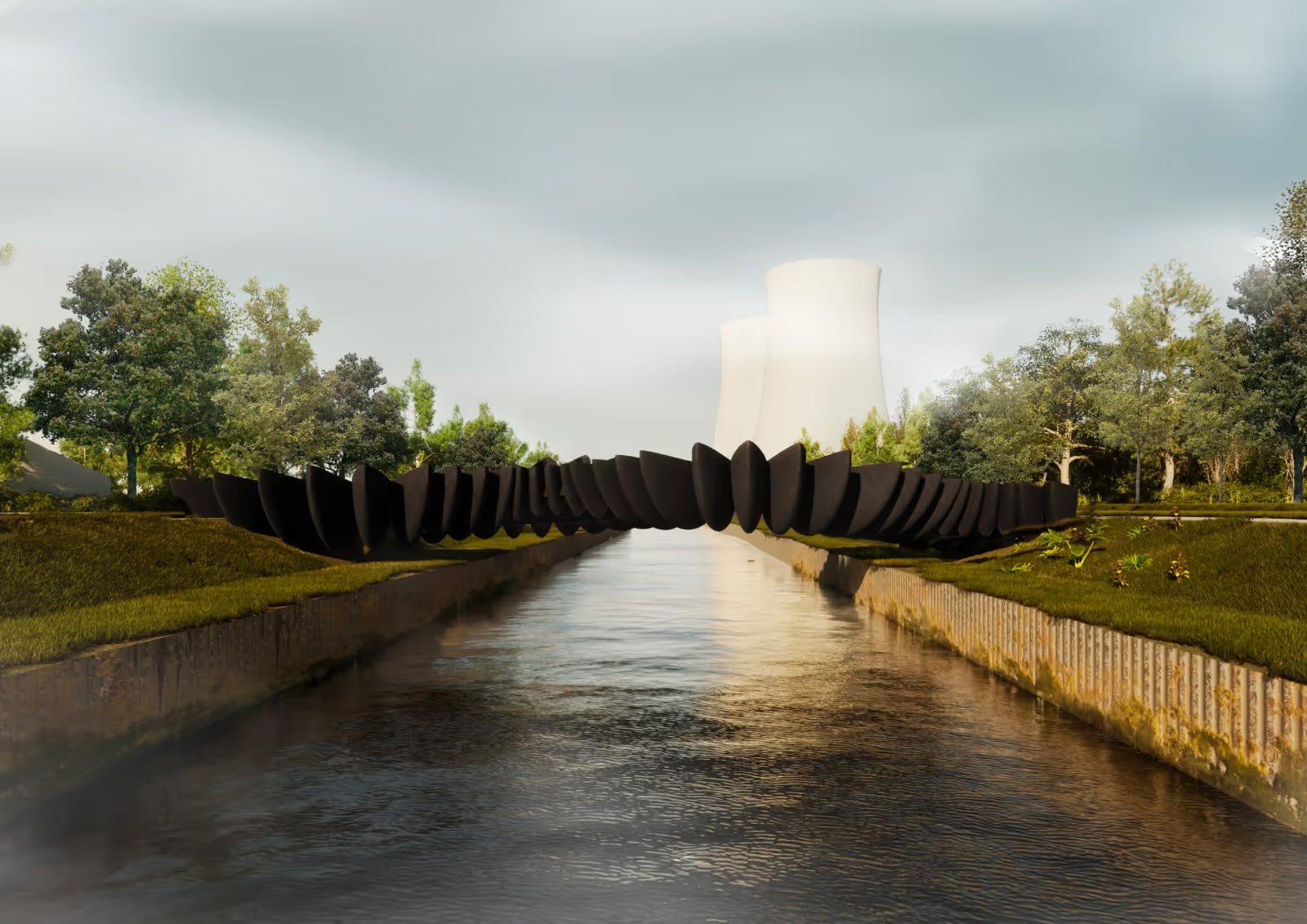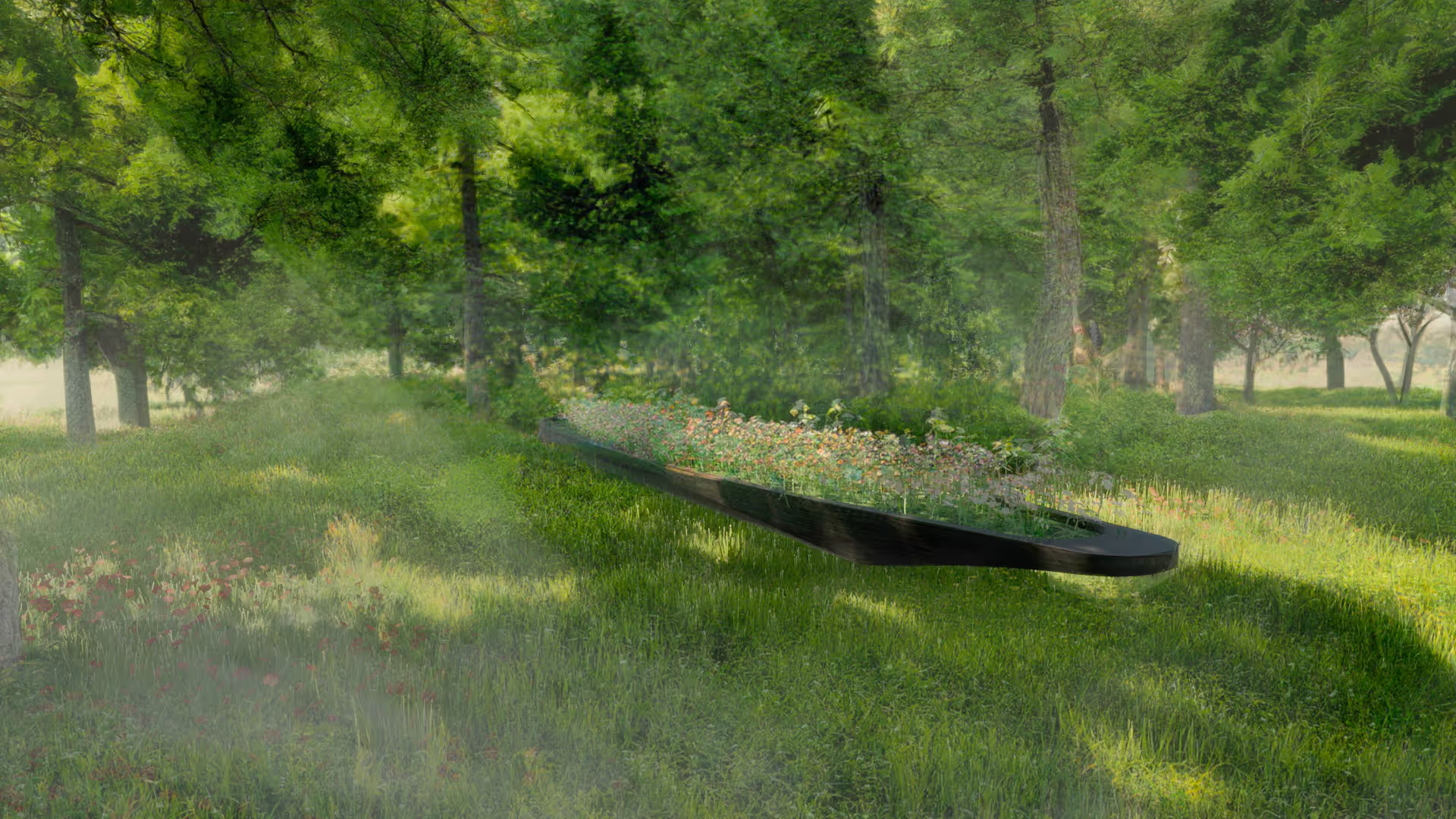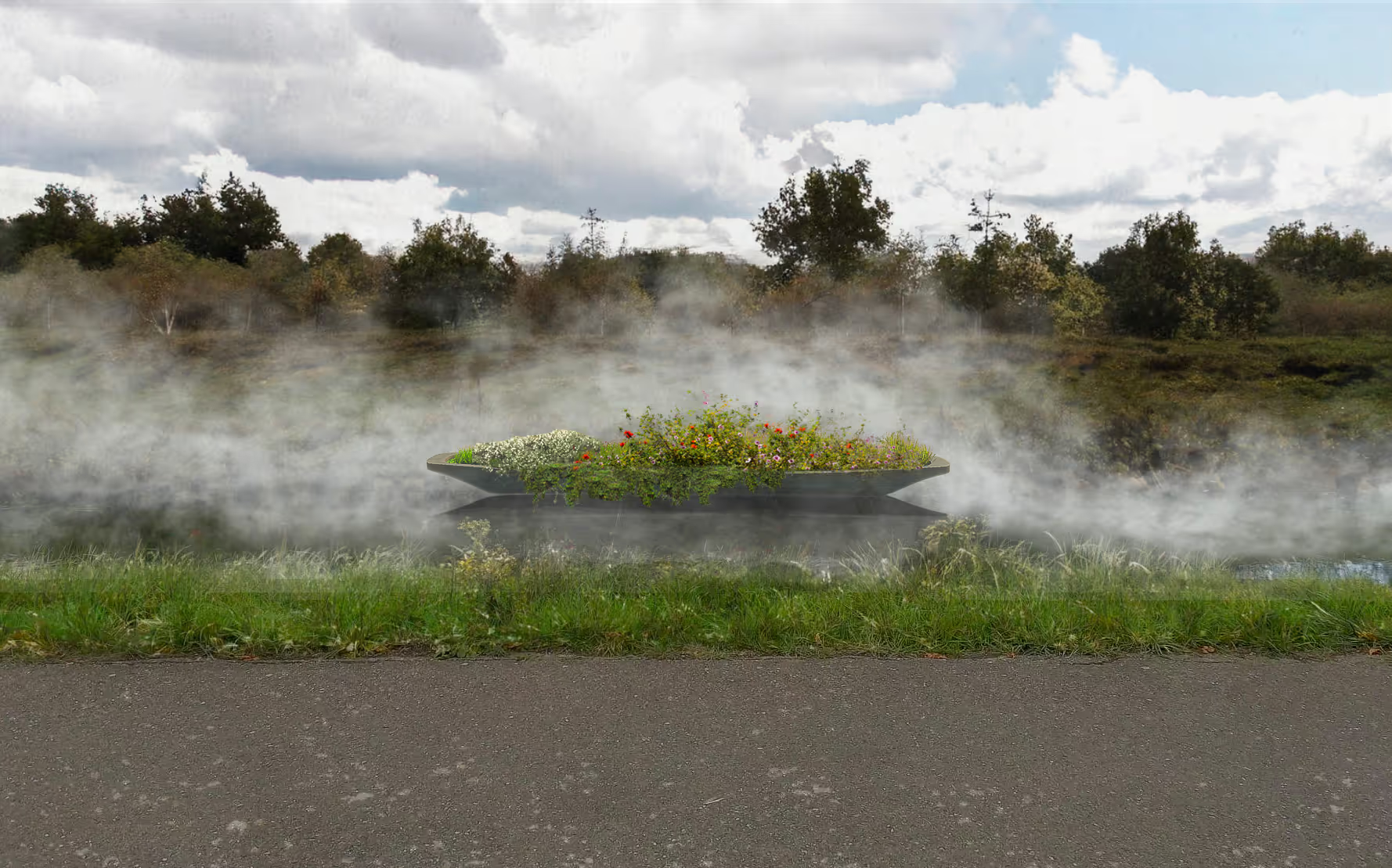
Horst Club returns with a third season of its 24-hour club concept, continuing the exploration of what a club can be - and feel like - across five weekends between October and March.
After reshaping the format entirely last year, from 20 nights to 5 weekends, the upcoming season sticks to the same structure: three dancefloors, 24 hours, and everything in between. But this time, the experience stretches inward. Instead of reinventing the frame, we invite you to slow down, to wander freely, and rethink how time is spent inside the club. Find the dates and collaborations below. Find more info and details on our club webpage here.
4 – 5 October: Opening Weekend
22 – 23 November: Horst Club #2
31 December – 1 January: NYE at Horst Club
14 – 15 February: Horst Club w/ Gay Haze
14 – 15 March: Closing Weekend w/ Kiosk Radio
{{images-1}}
New fluff?
Among the most visible changes is the reimagining of the widely praised Swirl stage, designed this year by architect Laura Muyldermans and scenographer Sophia Holst in collaboration with audiovisual artist Ofer Smilansky. Instead of treating structure and light as separate elements, the trio took an integrated approach, reusing industrial materials from previous iterations to build a more fluid, open spatial experience that lets shadow, texture, and reflection lead the way.
Throughout the club, new layers emerge. Foam-filled corners. A redesigned playroom. Sidequests that might feel more like installation than performance. More attention goes to resting, wandering, and softening the experience without dulling the energy. As in previous seasons, the 24-hour frame includes food offering s, art interventions, and an expanded off-space programme to explore the edges of the club format.
The infamous Rain Room, designed in 2023 by Spanish collective BURR Studio, is here to stay. The adjacent food corner, however, is getting a warm and cosy update. The heady hideaway known as the Garage also returns for another season in its trusted form: minimal lighting, maximal sound. An intimate space for diggers and deep-end dwellers, open to close.
While the core rhythm remains, Horst Club 3.0 is a continuation with tension. A season that holds back, stretches out, and lingers in the in-between.
Performance
We’ve also expanded the performance programming into something slower, softer, and more collective. Expect non-music workshops and sidequests like yoga, breathwork, crafting, or pallet-based solidarity projects. Nothing too loud, but just enough to pull you gently back into yourself.
Later in the season, Horst Club welcomes APOLEMIA as performance-collective in residence, whose interventions will explore the intersection of clubbing, performance, and installation. The Brussels-based collective will create a three-part performative journey: activating Club Weekend #2 and the closing weekend before culminating in a final piece at the Horst Arts & Music Festival in May. With multiple club weekends to explore and test ideas in dialogue with the space and its audience, APOLEMIA’s residency embraces process, transformation, and the fluid edges where disciplines meet.
{{images-2}}


